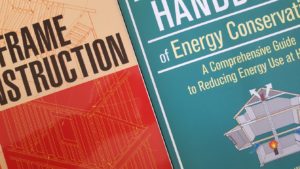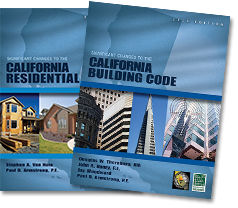I’ve written about the ever changing building codes before. They are updated with changes every three years. California just adopted the 2016 Building Code, with the State’s own amendments, in January of 2017.
I am now preparing the documents for projects which will be the first projects for which I will be using the 2016 Code. I have a copy of the 2016 code, with the California amendments, and have gone through it multiple times to ensure that my projects are in compliance.
All was good until I got the Title 24 Energy Conservation Compliance forms for two of my projects back from the consultant. I did a quick review to see if there were any little things to tweak in my documents.
Shock and horror! There were some very significant changes to be made. The 2016 Energy Code, with the California amendments has very significant updates that are going to change the way we build in California. Not all of them for the better, in my opinion. I’ll leave that discussion for another day.
It used to be that revisions to the Energy code meant minor changes to things like general notes, or descriptions of fan efficiencies. Nothing was major, just little tweaks.
the 2016 code is changing the way we frame construction. It is vastly increasing the amount of insulation required – even in the remodeling of existing buildings – adding considerably to the cost of construction. In our temperate Bay Area climate, I doubt most owners will see any pay back in their lifetimes.

Needless to say, gone are the days of 2×4 wood framing. I am having to completely redetail how two of my projects will be built. And I’ll have to redetail the construction of 3 other projects AND completely revise all of my standard construction details.
This is not a simple exercise. I have had to go out and buy new reference books to see just how architects are supposed to comply with the new Energy Code.
When the bids come in, we’ll see how much more expensive this all is. My guess is it will be about 10% more expensive than it used to be, particularly for remodeling projects, where the additional work and materials required to insulate buildings to the new standards will be significant.





